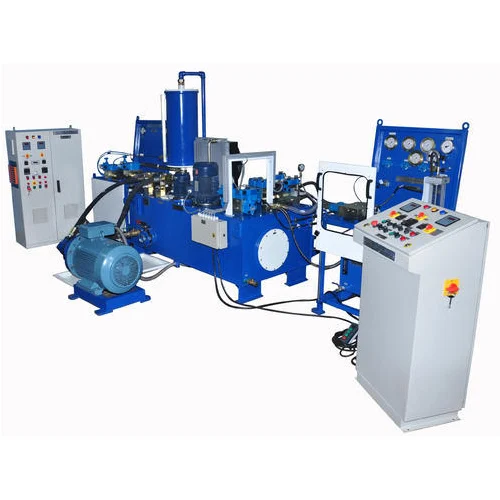Test Rigs
Test rigs, also known as test beds or test setups, are crucial tools in engineering used to evaluate the performance, durability, and safety of components, assemblies, or systems. These setups are designed to replicate real-world conditions under controlled environments, allowing engineers to troubleshoot problems, ensure quality, and make improvements before full-scale production and deployment.
-
Mechanical Test Rigs: Used for testing the mechanical properties and endurance of products, like engines, gears, and structural components. Common examples include fatigue testing machines and vibration test rigs.
-
Electrical Test Rigs: These are used to test electrical and electronic components for parameters like voltage, current, resistance, and responsiveness. They can also simulate electrical loads and electromagnetic environments.
-
Hydraulic and Pneumatic Test Rigs: Designed to test and evaluate the performance of hydraulic and pneumatic systems and components such as valves, hoses, and cylinders under various pressure levels and conditions.
-
Thermal Test Rigs: Used to assess how components behave under different thermal conditions, measuring factors like heat resistance, dissipation, and thermal expansion.
-
Aerodynamic Test Rigs: Include wind tunnels and other setups that measure aerodynamic forces, drag, and lift on various objects from small components to scaled models of vehicles.
-
Software and Simulation Rigs: These involve using computer models and simulations to test systems before they are built physically. It’s a cost-effective method, particularly in complex systems like aerospace and electronics.

